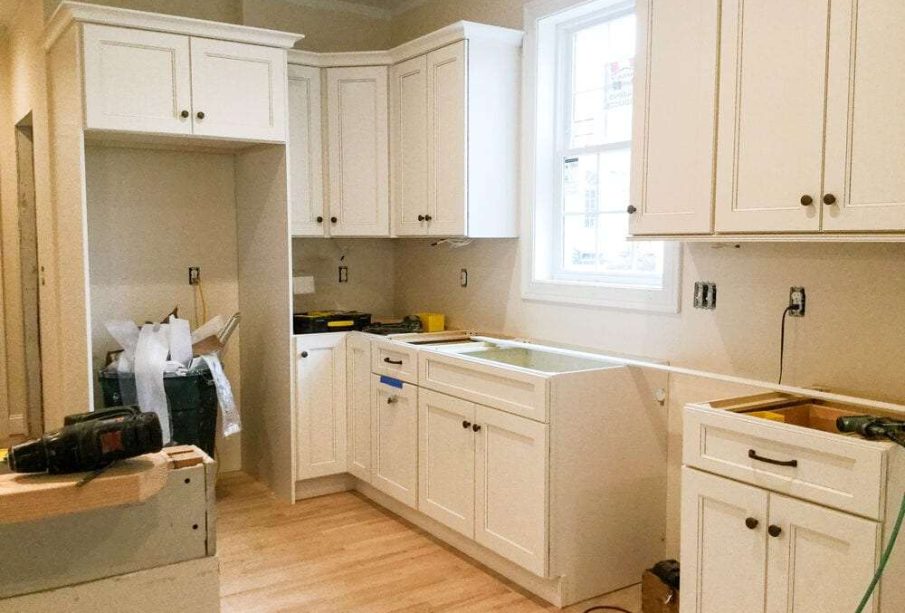Step-by-Step Overview of Imperial Kitchen Cabinet Installation: What Homeowners Should Know

Installing new kitchen cabinets can significantly enhance the functionality and aesthetics of your kitchen space. Whether you are renovating your existing kitchen or starting from scratch, understanding the cabinet installation process can help ensure a smooth and efficient experience. In this guide, we provide a step-by-step overview of the Imperial Kitchen cabinet installation process to help homeowners make informed decisions and prepare adequately.
Step 1: Planning and Preparation
Proper planning is the foundation of a successful kitchen cabinet installation. Before the installation begins, homeowners should take the following steps:
- Measure the Space: Accurate measurements of your kitchen layout, including walls, appliances, and existing fixtures, are essential to ensure a perfect fit.
- Choose Cabinet Style and Design: Decide on the cabinet design, material, and finish that align with your kitchen’s aesthetic.
- Clear the Area: Remove existing cabinetry, appliances, and any items that may obstruct the installation process.
- Check Wall Conditions: Ensure walls are even and free from any damage that may affect cabinet alignment.
Step 2: Marking Layout and Positioning
Once the preparation is complete, the next step is to mark the layout for cabinet placement. This step helps installers ensure accurate alignment and spacing.
- Use a level and tape measure to mark reference lines for base and wall cabinets.
- Identify and mark stud locations to secure cabinets properly.
- Confirm cabinet dimensions and make any necessary adjustments before drilling.
Step 3: Installing Wall Cabinets
Wall cabinets are typically installed first to avoid obstructions from base cabinets and appliances. The process includes:
- Mounting a Support Rail: A temporary support rail is used to hold the cabinets in place while securing them to the wall.
- Securing to Studs: Cabinets are screwed into wall studs using heavy-duty screws to ensure stability.
- Aligning and Leveling: Each cabinet is carefully leveled and aligned to maintain a consistent look.
- Connecting Cabinets: Cabinets are fastened together using clamps and screws for a seamless appearance.
Step 4: Installing Base Cabinets
After the wall cabinets are securely in place, the base cabinets follow. The installation process involves:
- Placing and Leveling: Each base cabinet is positioned according to the layout and leveled using shims if needed.
- Securing to the Wall: Cabinets are attached to wall studs to provide additional support.
- Joining Cabinets: Just like wall cabinets, base units are joined together to create a cohesive look.
- Allowing Space for Appliances: Ensure that enough room is left for appliances such as dishwashers and ovens.
Step 5: Installing Cabinet Doors and Hardware
Once all cabinets are securely installed, it’s time to add the finishing touches by attaching doors and hardware.
- Hinge Adjustment: Proper hinge alignment is crucial to ensure smooth door operation.
- Drawer Installation: Soft-close mechanisms and drawer tracks are installed for functionality and ease of use.
- Adding Handles and Knobs: Cabinet hardware, such as handles and knobs, are installed according to design preferences.
Step 6: Final Adjustments and Cleanup
The final step in the installation process involves making adjustments to ensure everything is perfectly aligned and functional.
- Checking Alignment: Inspect the cabinets to ensure doors and drawers open and close smoothly.
- Sealing Gaps: Caulk any visible gaps between the cabinets and walls to create a seamless finish.
- Cleanup: Remove any debris and dust from the installation process to reveal your new kitchen.
Conclusion
A well-executed Imperial Kitchen cabinet installation enhances the beauty and efficiency of your kitchen space. By understanding each step of the process, homeowners can confidently navigate the journey from planning to completion. Whether you choose to hire professionals or take a DIY approach, careful preparation and attention to detail will ensure a successful outcome.
















